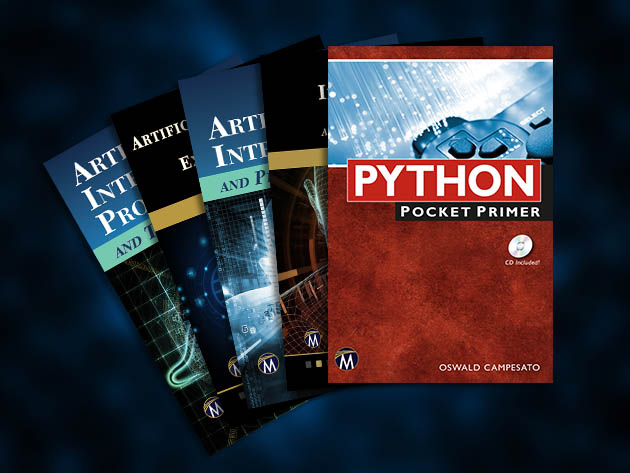Strengthen Your Programming Career with Up-to-Date Content! 15 eBooks on Python, TensorFlow, & More
This book is designed as a primary introduction to Python and can be used as an introductory text or resource for professionals in the industry. The book has been divided into four sections. The first section deals with the language fundamentals, primarily the procedural part of the language, and the second introduces the object-oriented paradigms. The third section deals with data structures and the last are devoted to advanced topics like handling multi-dimensional arrays using NumPy and visualization using Matplotlib. Regular expressions and multi-threading have been introduced in the appendices.
Lifetime access to eBooks with 450 pages
Know more about data structures
Gain in-depth treatment of topics such as classes, inheritance, BST & Numpy
Do exercises for practice
Review essential programming concepts
SpecsSystem Requirements
Windows 7 and above
macOS
Important Details
Length of access: lifetime
Redemption deadline: redeem your code within 30 days of purchase
Access options: desktop & mobile
Updates included
Publisher & Author
Mercury Learning and Information provides print and digital content in the areas of science and medicine, technology and computing, engineering, and mathematics (STEM disciplines) designed for the professional/reference, trade, library, higher education, career school, and online training markets.
H. Bhasin is a programmer with vast industrial experience in the development of many Enterprise Resource Planning systems. He has taught numerous university-level courses and is the author of several books on topics including C#, cellular automata, and machine learning.


Reviews for The Complete AI & Python Development eBook Bundle
Click Here to Read Reviews for The Complete AI & Python Development eBook Bundle >> Click Here to Submit Reviews for The Complete AI & Python Development eBook Bundle >>